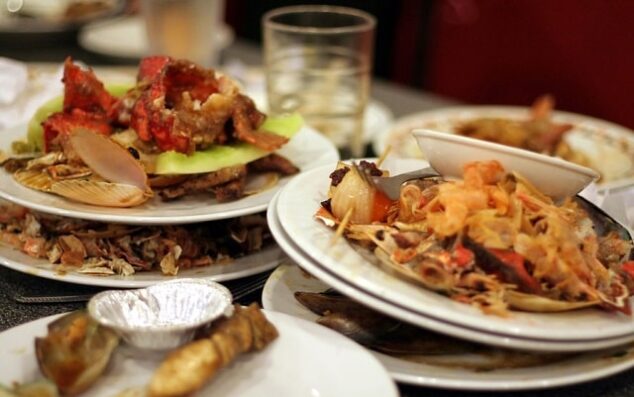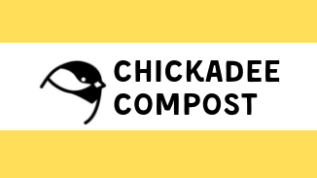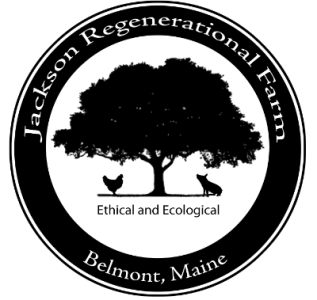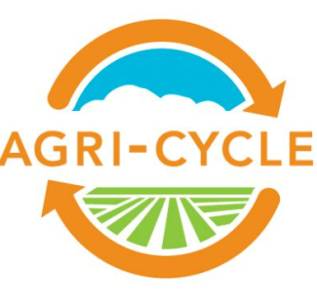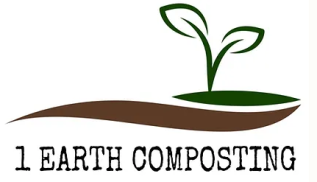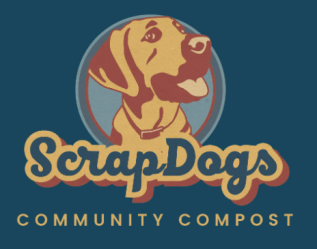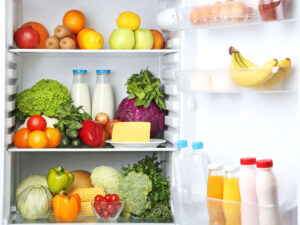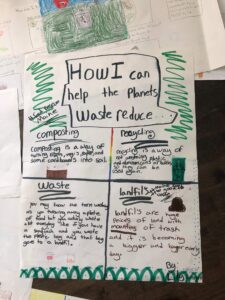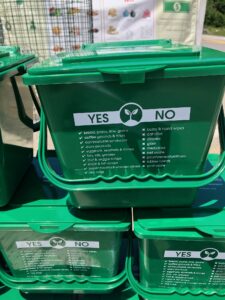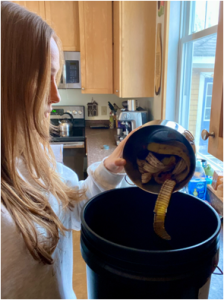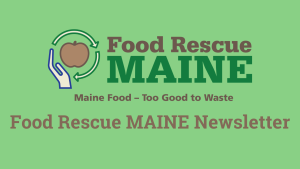How Can YOU Help?
The Food Recovery Hierarchy
The food recovery hierarchy is designed to make sure that food is used for its best and highest value in every stage of its life. We should try to first prevent food waste from happening at all, then feed people, then animals, and only after food is no longer safe for consumption should it be recycled or disposed of. These steps of the food recovery hierarchy can be broken down into three steps:
-
Reduce- preventing food waste before it starts with strategic planning, storage, and and cooking techniques
-
Recover/Reuse- give surplus food to other people or animals, or try reusing food scraps in creative recipes
-
Recycle- instead of throwing your food away where it will ultimately end up in landfills, recycle your waste or use it for compost
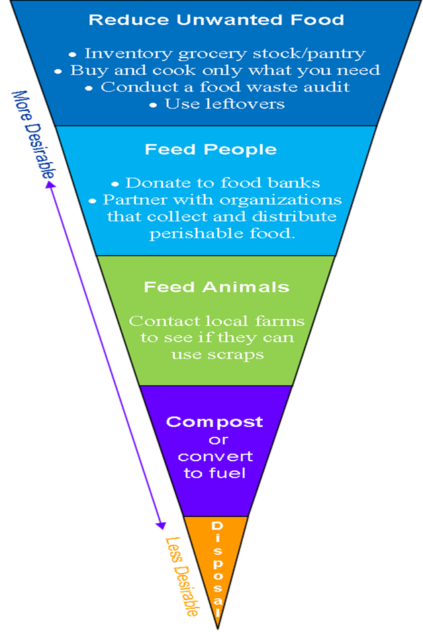
Reduce Food Waste
Reducing food waste is possible – with YOUR help!
Food waste isn’t limited one area of life – it’s present in our homes, schools, businesses, and other institutions. People have a tremendous amount of ability and power to reduce food waste issues and costs.
The easiest way to reduce your food waste is to find out how much waste you create. Use our free household food waste tracker to find out how much and what types of food you waste. This way, you can create a strategy for reducing this waste.
Rescue/Recover Food
We can recover food through three primary methods:
- Connecting surplus food with food-insecure populations- With 40% of food being wasted, there is plenty of good and edible food in the U.S. to solve our food-insecurity issues. The problem is that we have a lack of infrastructure in place to connect unwanted food with food-insecure populations. Food Rescue MAINE’s Food Rescue pilot is designed to help increase connections between food donors and recipients. Click here for more information.
- Improving Maine’s food processing infrastructure- Food is valuable and farmers work very hard to produce it, but without the proper infrastructure to support their harvesting, a lot of food will never reach the market. Click here for more information.
- Donating food- donating your food while it is still appropriate for human consumption is a great way to reduce food insecurity in your community and to avoid wasting food before it gets to the compost stage. Click here for more information.
Recycle Food
Compost or recycle your food waste
Instead of throwing your food waste into the trash, where it will end up in landfills, compost it or use a food recycling service!
- Compost- a process by which food decomposes to generate a rich fertilizer for our plants.
- Anaerobic Digestion- a process by which food goes into an enclosed facility, where microorganisms and bacteria break the food down. As this decomposition process happens, methane and other gasses are released and captured for use as a heat or energy source.
Don’t have room for a compost bin? Check out the map for locations of Food Disposal Sites or UMaine Mitchell Center Pilots to dispose of your food scraps! Click here to find out how to start recycling food in your community.
These organizations may provide curbside pickup compost services near you-
Want to Get In Touch with Food Rescue MAINE?
Want to get involved? Take a moment to fill out this quick form so that someone from the Food Rescue MAINE program can reach out to you.


